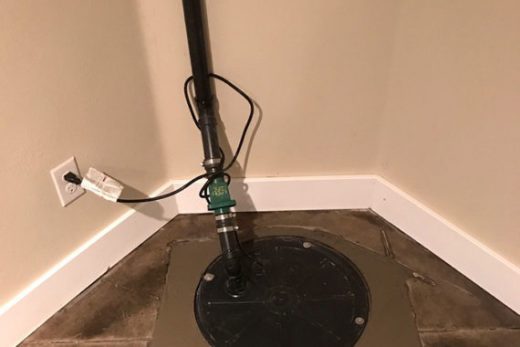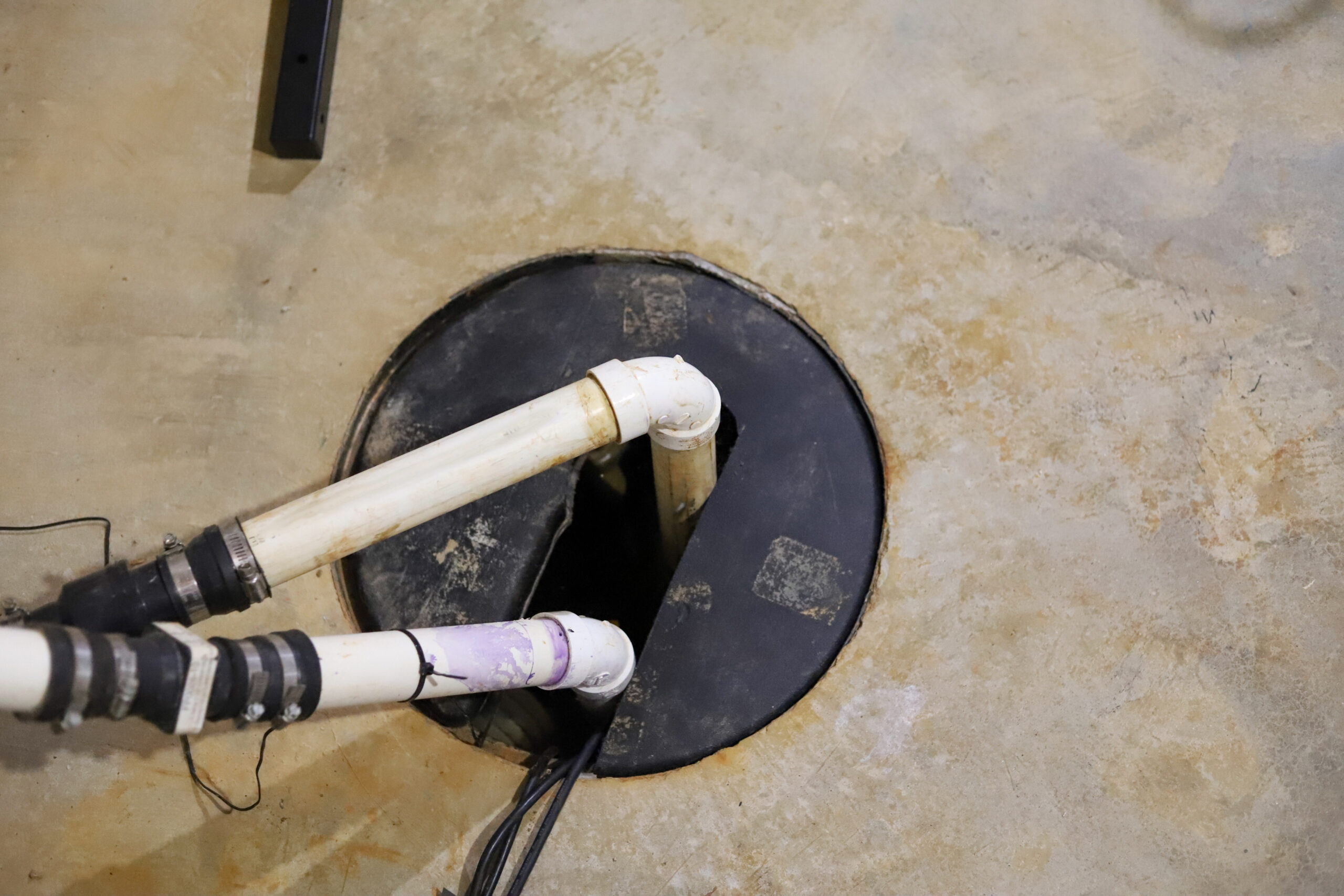Highly-Rated Techniques for Maintaining a Sump Pump
Highly-Rated Techniques for Maintaining a Sump Pump
Blog Article
This article on the next paragraphs pertaining to Keep Your Sump Pump Clean, It'll Keep You Dry is definitely entertaining. Check it out for your own benefit and see what you think of it.

Sump pumps are critical parts in several homes, particularly in locations susceptible to flooding or excessive wetness. They aid protect against water damage by successfully getting rid of excess water from basements or crawl spaces. Nevertheless, like any other device, sump pumps require normal upkeep to ensure they operate effectively when needed one of the most. Cleansing your sump pump is a crucial part of its upkeep, and comprehending just how to do it effectively can conserve you from pricey repair services and possible disasters.
Introduction
Preserving a clean sump pump is important for its appropriate functioning and longevity. Overlooking this crucial job can cause obstructions, malfunctions, and ultimately, water damages to your residential property. Consequently, finding out exactly how to cleanse a sump pump is critical for home owners who count on these devices to keep their basements completely dry and protected.
Signs of a Dirty Sump Pump
Recognizing when your sump pump requires cleansing is essential for avoiding prospective malfunctions. Some typical indications that suggest a filthy sump pump include unusual noises during procedure, minimized water flow, and visible debris in the pit. If you see any of these signs and symptoms, it's necessary to clean your sump pump immediately to avoid any more issues.
Planning for Cleansing
Before you start cleansing your sump pump, it's vital to take some safety and security precautions. Beginning by turning off the power to the pump to stay clear of any electric mishaps. In addition, wear ideal protective equipment, such as handwear covers and safety glasses, to shield yourself from dust, particles, and potential microorganisms.
Understanding the Sump Pump
Before diving into the cleaning procedure, it's vital to have a standard understanding of just how a sump pump functions. Usually set up in a pit or container below the cellar floor, a sump pump consists of several vital parts, consisting of a pump, a float button, and a discharge pipe. When water builds up in the pit, the float button activates the pump, which after that pumps the water out through the discharge pipeline, far from the building's foundation.
Detailed Guide to Cleansing a Sump Pump
Shutting down the Power
Begin by disconnecting the power supply to the sump pump to stop any kind of accidents while cleaning.
Checking for Correct Functioning
Prior to reinstalling the pump, execute a quick examination to ensure that the float switch triggers the pump properly. Pour some water into the sump pit and observe the pump's operation. If everything is functioning appropriately, you can reassemble the pump and reconnect the power supply.
Removing Particles and Dust
Use a pail or an inside story to eliminate any noticeable debris, dust, or sediment from the sump pit. Dispose of the particles properly to avoid it from clogging the pump or the discharge pipeline.
Cleaning the Pump and Float Switch Over
When the pit is free from debris, carefully remove the pump from the pit. Evaluate the pump and the float switch for any type of indicators of damages or wear. Use a soft brush or cloth to clean up the surface areas and eliminate any kind of gathered crud.
Purging the System
After cleansing the pump and float switch, purge the sump pit with tidy water to eliminate any remaining dust or debris. This will assist guarantee that the pump runs smoothly and efficiently.
Maintenance Tips to Maintain Your Sump Pump Clean
Along with periodic cleaning, there are a number of maintenance tips you can follow to keep your sump pump in optimal problem:
Final thought
Cleaning your sump pump is a critical facet of its upkeep and makes sure that it operates efficiently when you require it the most. By following the actions detailed in this guide and integrating regular maintenance right into your routine, you can expand the life expectancy of your sump pump and secure your home from water damages.
6 STEPS ON HOW TO CLEAN A SUMP PUMP PROPERLY
UNDERSTANDING SUMP PUMPS
Your sump pump plays a crucial role in protecting your home by managing and removing excess water. It primarily functions as a “shield”, guarding your basement against the damaging effects of water accumulation. The pump is housed in a sump pit in the lowest part of your basement, and its job is to pump out any water that collects there.
During heavy rainfalls or when snow melts rapidly, water can infiltrate your basement, posing potential risks like flooding, structural damage, and harmful mold growth. Here, the sump pump springs into action, pumping out the intruding water and directing it away from your home.
SAFETY FIRST
Before cleaning, remember to prioritize safety. Disconnect the sump pump from the power source to prevent any accidental electric shocks. Also, wear sturdy gloves to protect your hands from any sharp or dirty components within the pump.
REMOVE THE SUMP PUMP
After ensuring your safety, the next step is to remove the sump pump from its pit. Doing this might require careful maneuvering as you don’t want to damage any pump components. Once removed, clean the sump pit to remove any accumulated debris or sludge.
INSPECT THE PUMP
Inspect the pump for any visible signs of wear or damage. Check the power cord, float switch, and impeller housing. If any components look worn out or damaged, consider replacing them to ensure optimal performance.
CLEAN THE PUMP
Thoroughly clean the pump with warm, soapy water. Make sure to rid it of any dirt, gravel, or other debris that might impede its performance. You can use a toothbrush to clean the small, hard-to-reach parts of the pump.
REINSTALL THE SUMP PUMP
Reinstall the pump into the sump pit Make sure it’s positioned correctly to remove the water effectively Once it’s back in place, reconnect it to the power source TEST THE PUMP
Finally, pour some water into the pit to ensure the pump works correctly. It should start automatically and begin pumping out the water; if it doesn’t, check the power source and the positioning of the pump.
Remember, while cleaning your sump pump is an essential part of home maintenance, hiring a professional plumber for a thorough inspection and cleaning at least once a year is also important. This will ensure that your pump is in optimal condition, ready to protect your home from potential water damage.
BEST PRACTICES FOR CLEANING SUMP PUMP DISCHARGE PIPES
Regular Inspection: Regularly inspect your discharge pipes, especially during heavy rainfall or snowmelt periods. Look for any signs of blockage or damage. Early detection of problems can prevent serious issues down the line. Periodic Cleaning: Over time, sediment and debris can accumulate in the discharge pipes, impeding the flow of water. Regular cleaning helps keep the pipes clear and functioning efficiently. You can use a high-pressure water jet to effectively clean the pipes. Insulation During Winter: In colder climates, discharge pipes can freeze, blocking the outflow of water. Protect your discharge pipes from freezing temperatures by insulating them with foam pipe insulation. This will ensure the sump pump can continue to discharge water even in freezing conditions. Proper Positioning: The discharge pipe should be positioned to direct water away from your home’s foundation. Improper positioning can lead to water seeping back into the basement. Ensure the pipe is long enough and angled correctly. Installation of a Check Valve: A check valve prevents water from flowing back into your sump pit after the pump has pushed it out. Installing a check valve helps maintain the efficiency of your sump pump and reduces the risk of flooding. Minimize Pipe Turns: Every curve or turn in the discharge pipe can decrease the efficiency of water flow. By minimizing turns and bends in your discharge pipe, you can increase the efficiency of your sump pump. https://www.fullspeedplumbing.com/how-to-clean-a-sump-pump-properly9999/

I recently found that review about How To Effectively Clean A Sump Pump when doing research the web. For those who enjoyed our blog post kindly be sure to pass it around. Thanks for being here. Kindly pay a visit to our blog back soon.
Visit Our Website Report this page